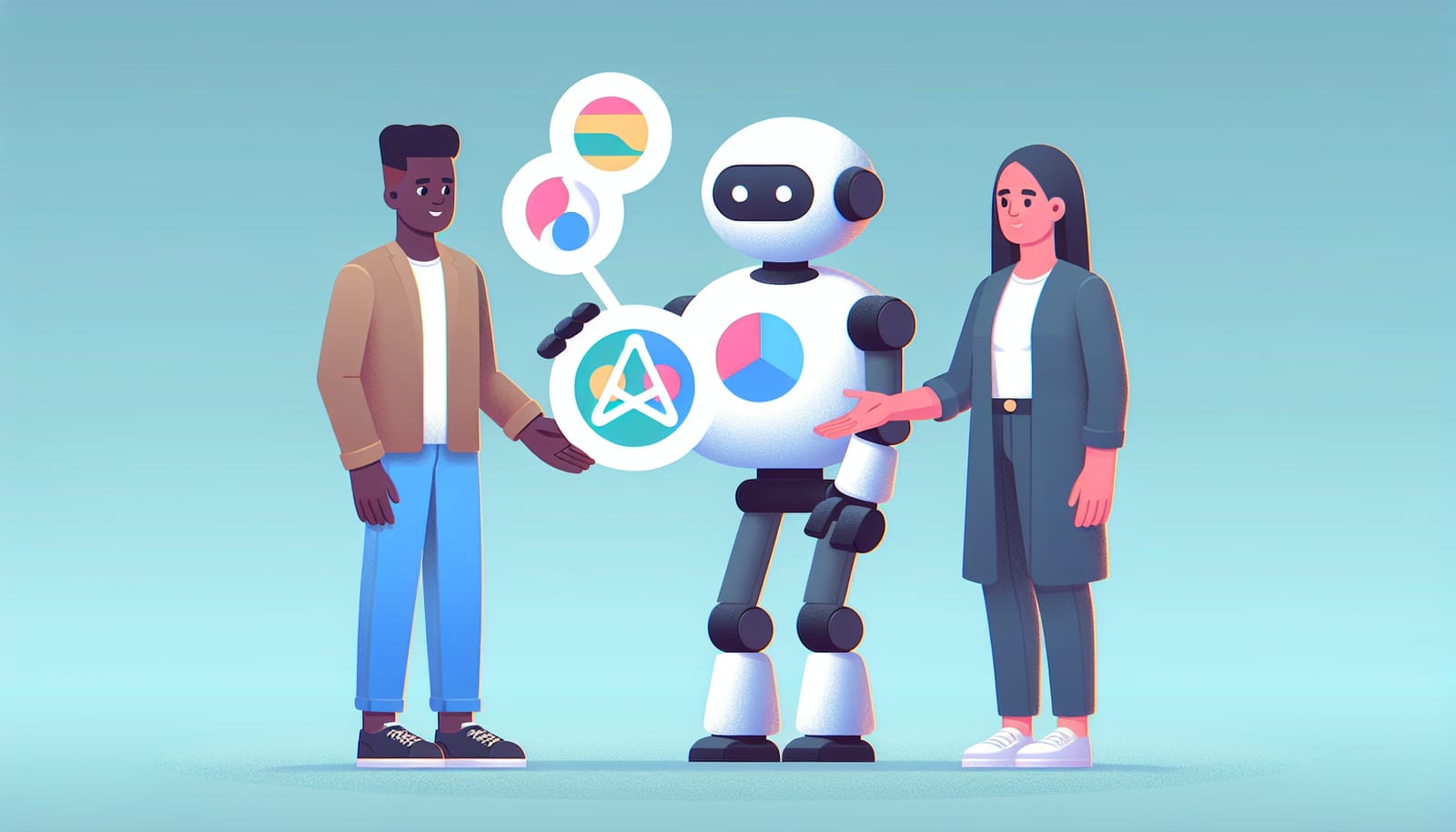Architecture and urban design are about creating spaces where we live, work, and play. These fields are all about shaping the world around us, and they’re constantly evolving. One of the most exciting advancements in these fields is the use of Artificial Intelligence (AI). But what exactly is AI? Simply put, AI refers to computer systems that can perform tasks that typically require human intelligence, such as understanding language, recognizing patterns, and making decisions. In this article, we’ll explore how architects and urban designers are using AI to create smarter, more sustainable, and more beautiful environments for all of us.
Designing Smarter Buildings
Imagine walking into a building that knows just the right temperature to keep you comfortable. AI can help architects design buildings that are not only beautiful but also energy-efficient. By analyzing data from millions of buildings worldwide, AI can suggest the best materials and designs to reduce energy consumption.
For instance, AI can simulate how sunlight will hit a building throughout the day. This way, architects can optimize window placements to use natural light effectively, reducing the need for artificial lighting. Additionally, AI can recommend materials that improve insulation, helping to keep buildings warm in winter and cool in summer.
Urban Planning with AI
Urban design is about planning cities and their spaces. AI is revolutionizing this field by helping city planners predict how populations will grow and how traffic patterns will change. By analyzing data from social media, public transportation, and traffic cameras, AI can help planners design cities that minimize congestion and maximize the quality of life for residents.
For example, AI can suggest the optimal locations for new parks, schools, and public transportation routes based on where people live and work. This data-driven approach helps urban planners make informed decisions that can lead to more vibrant and sustainable communities.
Enhancing Safety and Security
Safety is a top priority in architecture and urban design. AI can enhance safety in many ways. For example, smart surveillance systems powered by AI can analyze video feeds in real time to detect suspicious activities or identify potential hazards. These systems can alert security personnel immediately, improving response times and overall safety in public spaces.
Moreover, AI can help architects design safer buildings by simulating emergency scenarios. By analyzing how people move through a space during emergencies, AI can suggest design changes that improve evacuation routes and reduce the risk of accidents.
Sustainable Urban Environments
Sustainability is a major concern for architects and urban designers today. With climate change becoming an increasing threat, AI is helping create greener, more sustainable cities. By analyzing environmental data, AI can help architects choose designs that minimize carbon footprints and incorporate renewable energy sources.
For example, AI can optimize the placement of wind turbines and solar panels in urban areas. It can also help in designing buildings that can harvest rainwater or utilize green roofs, which absorb rainwater and provide insulation.
Furthermore, AI can aid in waste management by predicting waste production patterns in neighborhoods, allowing cities to optimize their recycling and waste collection routes.
The Future of AI in Architecture and Urban Design
The future of AI in architecture and urban design is limitless. As technology continues to evolve, we can expect to see even more innovative applications. As AI becomes more sophisticated, it will be able to provide real-time feedback during the design process, allowing architects to make adjustments on the fly. This can lead to faster project completion and more refined designs.
Moreover, AI can facilitate collaborative design processes. By enabling multiple stakeholders to contribute to design decisions in real time, AI can help create spaces that better meet the needs of communities.
As cities become more complex, AI will play a crucial role in managing them. Smart city technologies powered by AI will be able to optimize traffic flows, manage energy consumption, and enhance public services, creating a seamless experience for residents.
Conclusion: A World Built by AI and Imagination
AI is transforming the way architects and urban designers think about and create our built environment. From smarter buildings to sustainable cities, the applications of AI are vast and varied. As we embrace this technology, we have the opportunity to create spaces that are not only functional but also beautiful and sustainable.
Imagine a future where our cities are designed with our well-being in mind, where buildings adapt to our needs, and where public spaces foster community and connection. The combination of human creativity and AI's analytical power holds the key to making this vision a reality.
As we continue to explore the intersection of AI, architecture, and urban design, one thing is certain: the future is bright, and it's being built one intelligent design at a time. So keep an eye on this exciting field; who knows, one day you might be living in a city designed with the help of AI!


